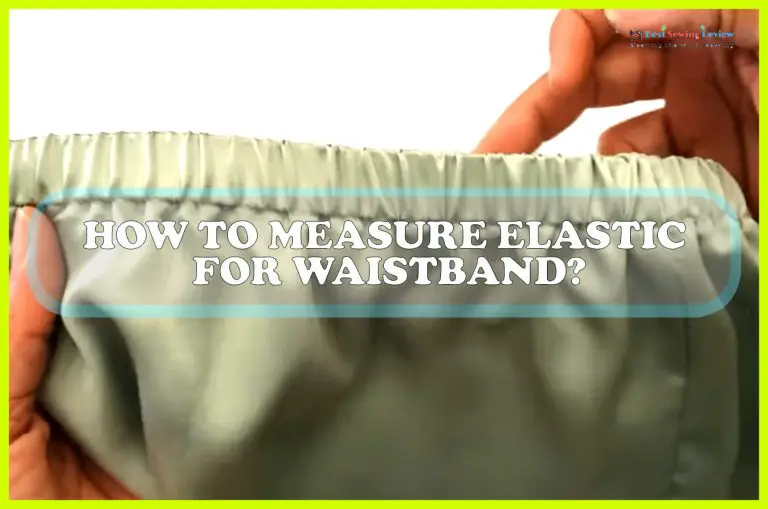To fix a lobster clasp spring, gently use needle-nose pliers to realign and adjust the tension of the spring inside the clasp. Ensure the clasp’s lever operates smoothly after making adjustments.
A lobster clasp, often a tiny and intricate part of jewelry, serves as a secure closing mechanism. Its spring mechanism can become misaligned or lose tension over time, causing the clasp to fail. Knowing how to repair this common issue can save you both time and money, keeping your favorite necklaces and bracelets functional.
Jewelry enthusiasts and DIY crafters alike benefit from understanding the basics of this fix. It requires patience, a steady hand, and the right tools. With a few simple steps, your lobster clasp can snap back to full functionality, ensuring your jewelry remains safely clasped around your wrist or neck.
Introduction To Lobster Clasps
Lobster clasps are a popular and secure choice for fastening jewelry, thanks to their efficient spring-loaded mechanism. They typically consist of a lever, which, when pressed, opens the clasp. This lever connects to a tiny spring inside the clasp which keeps the arm closed when released. Over time, the spring can lose its elasticity or break, causing the clasp to fail. Commonly, wear and tear or corrosion are culprits, leading to a clasp that won’t stay shut or is hard to open.
To address these issues with lobster clasp springs, it’s essential to understand their structure. The spring, hidden within the clasp’s chamber, is tiny and coiled, applying pressure to the lever. The resilience of this spring determines the functionality of the clasp. Regular maintenance and careful handling can prolong the life of a lobster clasp, but eventually, repair or replacement might be necessary for clasps that face problems like a slack spring or complete spring failure.
Diagnosing The Problem
Identifying a faulty lobster clasp can often be done by a visual inspection. Check for any visible misalignments, broken springs, or wear and tear that might impair function. If the clasp does not close or the spring doesn’t retract, chances are it needs repair.
Before you begin the repair, gather the necessary tools: a pair of needle-nose pliers, a small flathead screwdriver, and a replacement spring for the lobster clasp. Using the correct tools will not only make the repair easier but also prevent further damage to the clasp.
Safety precautions are paramount before starting your repair. Ensure a clean workspace to avoid losing small parts, and consider using magnification to better see the components of the clasp. Keep your fingers clear of the area where you will be working to avoid pinching them with the pliers.
Step-by-step Guide To Fixing A Lobster Clasp Spring
Fixing a lobster clasp spring often requires no advanced tools and can be done at home. Begin by realigning the clasp’s components to ensure they fit snugly. Pliers can be instrumental in realigning any bent portions of the clasp.
The spring mechanism inside the clasp should be checked for tension and position. A delicate adjustment with a fine tool like a needle might be enough to tighten the spring for proper functionality. If the spring is beyond repair, removing the old spring and precisely dropping in a new one is necessary, making sure it fits correctly into the designated slot.
Testing and troubleshooting after the repair is crucial. The clasp should snap close easily and hold securely without slippage. Occasionally, slight tweaks are needed post-testing to ensure optimal performance of the lobster clasp. This final step is essential to ensure the longevity and reliability of the jewelry piece.
Advanced Tips And Tricks
Fixing a lobster clasp spring requires a keen eye for detail and some dexterity. It’s imperative to identify the root cause of the tension issue before attempting repairs. Over time, clasps can lose their resilience, leading to ineffective securing of jewelry. A simple adjustment can restore functionality and extend the clasp’s lifespan. Using a pair of needle-nose pliers, gently reshape the tension coil within the clasp. Ensure even spacing between coils to avoid overstretching or stressing the metal.
Deciphering the correct time to replace or repair a clasp contributes to sustainable use. Consider the material’s wear and tear; a discolored or overly flexible spring likely necessitates replacement. Conversely, a simple misalignment may be corrected with minor adjustments. Clasp longevity is further enhanced through adequate maintenance. Ensuring clasps are fastened and stored properly prevents undue strain and reduces the likelihood of future breakage.
| DIY Fix | Tools Required | Expected Outcome |
|---|---|---|
| Reshape Tension Coil | Needle-nose Pliers | Restored Clasp Tension |
| Replace Spring | Screwdrivers, Replacement Spring | Improved Clasp Function |
Maintenance And Care For Lobster Clasps
Maintaining lobster clasps is crucial for jewelry longevity. Regular cleaning with a gentle brush and soapy water keeps dirt and grime away, ensuring smooth operation. After cleaning, a drop of light lubricant can be applied to the spring mechanism. This preventative care prevents rust and wear, safeguarding against unexpected failures.
It is also wise to inspect clasps frequently for signs of wear or damage. Proactive check-ups can help identify issues early, allowing for timely DIY fixes before they escalate. If issues are beyond simple home solutions, seeking professional repair services becomes necessary. Trained experts have the precise tools and experience to replace worn-out springs, which is often a delicate procedure. Jewelry lovers should consider professional help especially when dealing with high-value items to ensure repairs are undertaken safely and effectively.
Conclusion
Repairing a lobster clasp spring doesn’t have to be daunting. With the right tools and a bit of patience, it’s a fix you can achieve at home. Remember, practice makes perfect—so don’t despair if it takes a few tries. Tackle your jewelry repairs confidently, ensuring your favorite pieces remain secure and stylish.
Keep your toolkit ready for the next quick fix!

